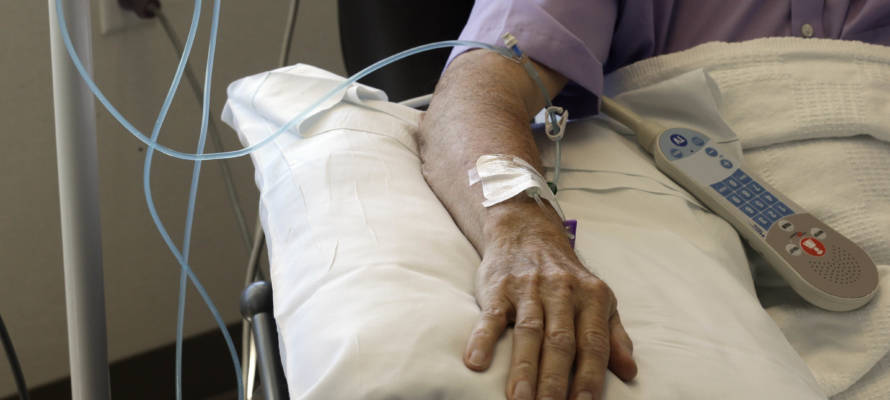Hebrew University researchers made a major breakthrough on the way to developing a drug to beat skin and liver cancer without chemotherapy.
By Yakir Benzion, United With Israel
A research team at the Hebrew University’s Faculty of Medicine has made a major breakthrough in cancer research, discovering that certain drug combinations are effective without the debilitating side effects associated with chemotherapy.
The three-year study by Prof. Boaz Tirosh in collaboration with researchers in Germany and the U.S. was published in the prestigious scientific journal Nature. Tirosh, along with researcher Dr. Muhammad Mahameed, examined intracellular protein movement in cancer under different drug combinations.
The research team developed a unique combination of therapies, using drugs for liver cancer and skin cancer, which proved effective in mice. This combination is now expected to move into the next stage of clinical trials.
The breakthrough may also result in a change in attitude toward the study of these cancers.
It is known that combining cancer drugs helps to get an increased effect on cancer cell eradication, but also increases the severity of side effects. Tirosh’s team team looked at drug combinations that are not currently used in the treatment of aggressive cancer.
The study found that an antiviral drug originally intended for AIDS patients in combination with a drug to treat memory loss led to an anticancer response in liver and skin cancers. While each drug on its own did not affect the cancer cells at all, the combination of the two led to an effective response.
“This is a combination that is not of anti-cancer drugs, but drugs that do not even think about cancer,” explained Prof. Tirosh.
In their experiments the Hebrew University researchers used liver cancer cells and melanoma skin cancers, both of which are aggressive cancer types with low survival rates. In both cases, the drug combination showed significant efficacy to the complete disappearance of tumors in the lab animals.
If the drug is approved in the future for human use it may pave the way for saving patients from going through harsh chemotherapy treatments.
“The findings were very surprising,” Professor Tirosh said, noting the same results are “usually achieved by highly toxic substances. In this case, this was achieved by a safe drug combination that showed a specific anticancer effect.”
While Prof. Tirosh and his crew of researchers are thrilled with the results, it will take years of additional research for the drug combination to become useful and available to cancer patients.
“Despite the scientific breakthrough we found, the road to clinical [use] is still long and requires a lot of work and investment, but our work certainly shows the feasibility,” concluded Prof. Tirosh.
